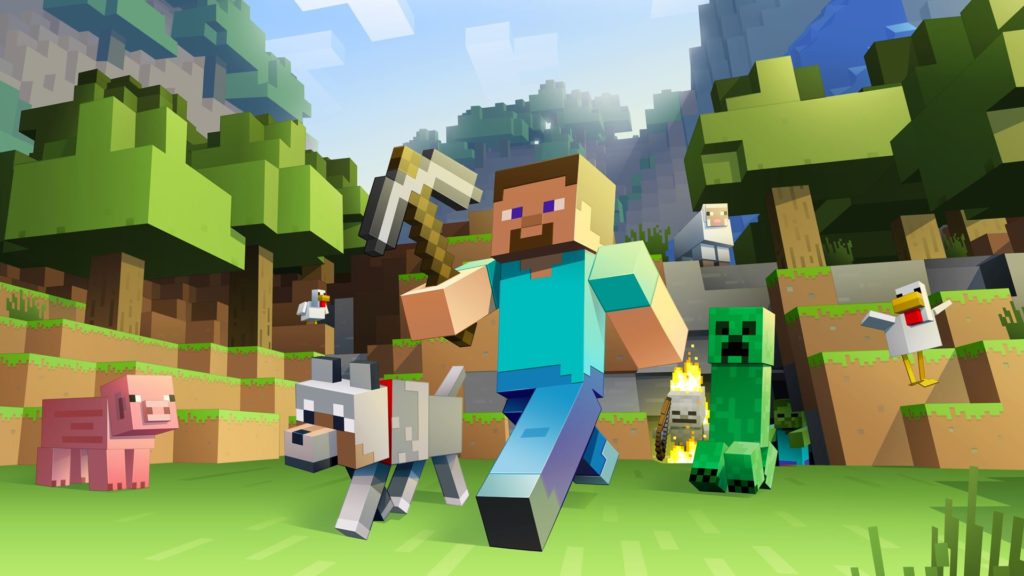Minecraft, following a massive uptick in overall popularity following its acquisition by Microsoft — related in no small part to its expanded cross-platform compatibility — is regarded by many as a game first and foremost for children. This is, however, more a recent development in the game’s accessibility and marketing, rather than a long-standing trend in the broader community. Development of Minecraft under Mojang, the game’s original parent company, was developed through version 1.7.10, with the game’s current PC iteration on version 1.13.2. While there have been distinct benefits which the overall community has been able to draw from, the increased visibility, for instance, causing the movement of Minecraft from an internet phenomenon into popular culture, there have also been serious costs for the people involved, in particular the opensource modding community.
Mods, or modifications made to a game in order to add content or otherwise shift the experience of playing, have been a staple of Minecraft since version 1.4. Some of the earliest mods on the scene was Thaumcraft 2, which added an entire system of magic to a game which lacked it at the time, and a recipe book mod which helped guide new players through the as-yet-undocumented options for crafting in the game. Part of the reason for the presence of numerous mods, even in early versions of the game, was as a consequence of both the lack of structure of the base game, which served primarily as a platform for many people rather than a game in and of itself, as well as the ease with which the code could be accessed and modified. In turn, Mojang took specific steps to encourage modding, and on the Minecraft forums, discussions of mods adding everything from airships to ogres were developed and contributed to by the community.
Unlike many other games, there were even a number of mod launchers for community creators to design packages of mods, or mod packs, which would include a curated suite of mods designed to create a distinct feel. Such launchers included the Tekkit launcher, Feed the Beast (FTB) and Curse launchers creating things like skyblock, a mode of play where the player begins floating on a small square of blocks in the void and must build their entire world from nothing. Essential in both the mod launchers, and for the mod creators themselves was the relatively slow release of new versions of the game. While there were features and fixes made to the base game, the two most popular Mojang versions were 1.6.4 and 1.7.10, which were both in circulation for lengthy periods of time. However, with Microsoft’s acquisition of Minecraft from Mojang, the environment changed, resulting in a much faster progression of versions. Rather than leaving the development of content to the community, Microsoft began updating versions adding things which in the past had been added through mods. While not negative on its face, the combination of rapid version progression in conjunction with a shift towards consoles over PCs resulted in a throttling of the modding community.
This hold, however, largely exists for the most recent versions, wherein I feel lies the greatest tragedy. Many older Minecraft players still play on the older versions such as 1.6.4 and 1.7.10 and many modders still develop for these older versions, preferring to make their versions contiguous and compatible with other mods rather than attempting to keep up with the newer versions. However, because this rich modding community is buried under six layers of versions, it is all but unknown to the casual observer, who might never know that such a background exists. It is my hope, then, that there is a certain degree of care paid to the modding tradition which has endured since the game’s inception, and which endures in the Technic launcher, as well as through Twitch. Minecraft is not just blocks. It has an array of machines, golems, magic, autonomous mining bores, rocket ships, magic flowers and even programmable computers. Minecraft is a platform I hope more people will recognize
